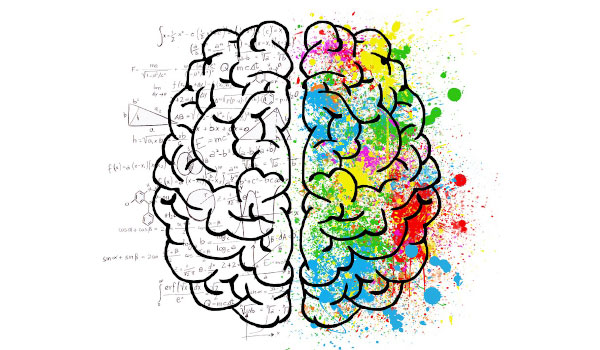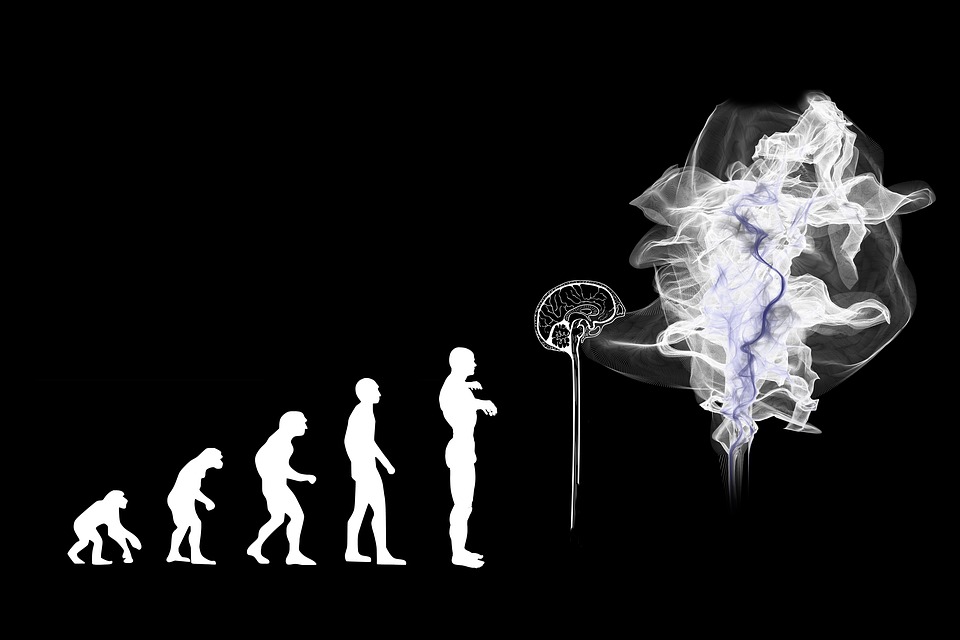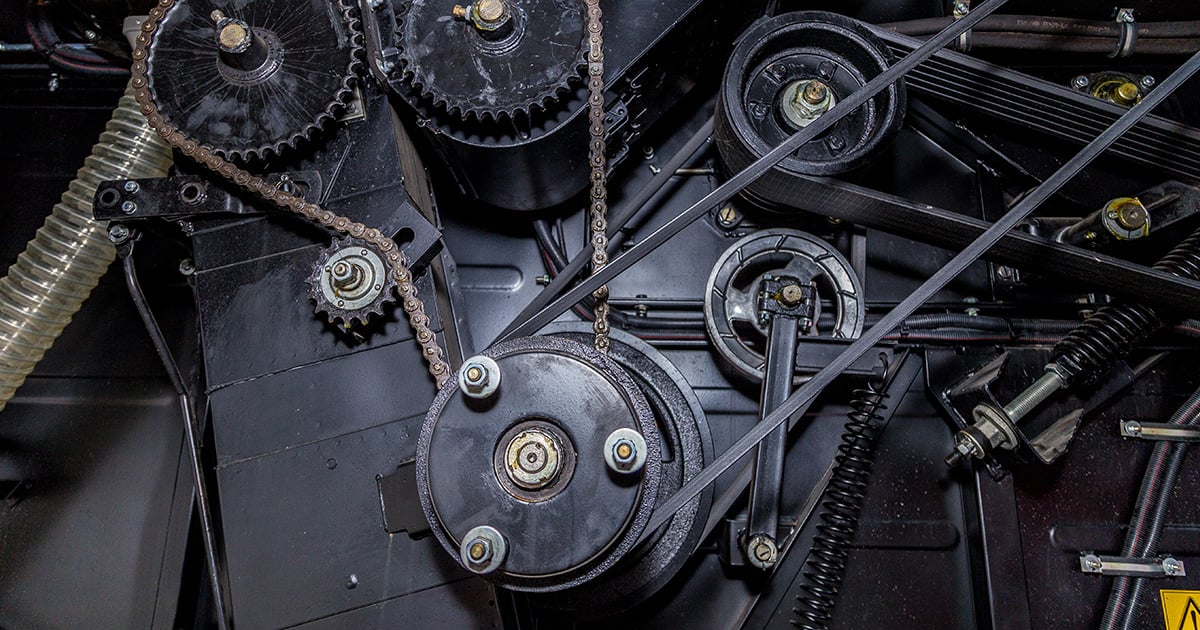The Pace of Change
Most people understand that the pace of change is speeding up globally, along with the demand for more innovation. In a little more than 100 years, technological development has taken us from the first telephone call in 1876, to the first website in 1991. A mere 16 years elapsed between the appearance of the Internet and the first iPhone (2007). Since then, significant technological breakthroughs are happening each year.










.jpg)